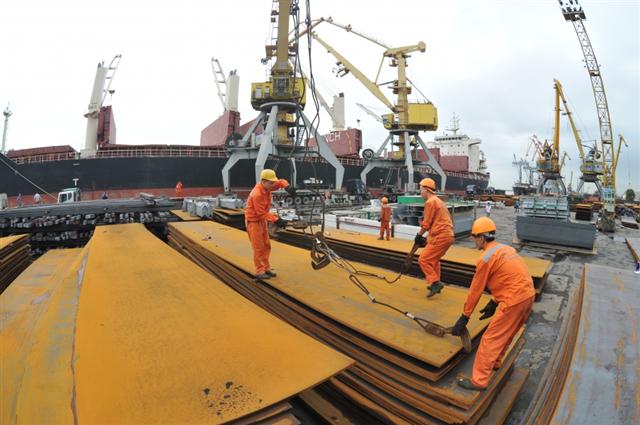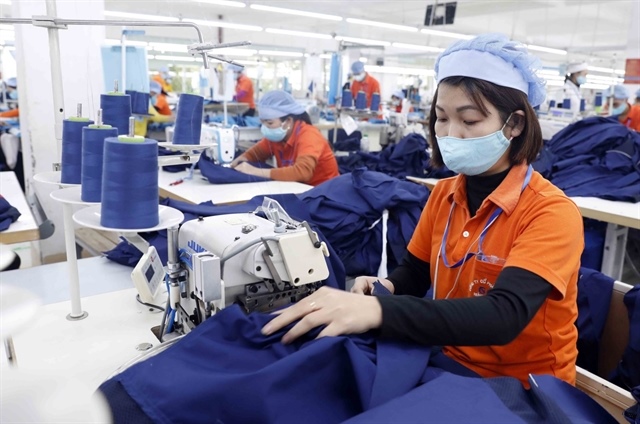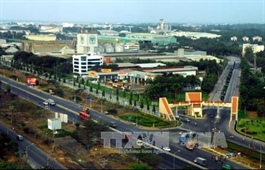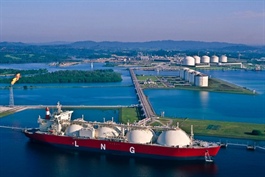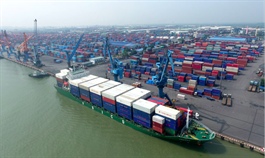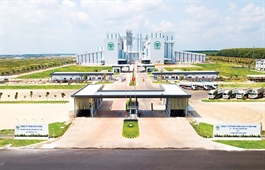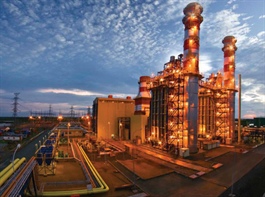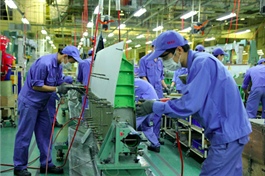Significant progress made in restructuring of industry and trade sector
Significant progress made in restructuring of industry and trade sector
The five years since the launch of Vietnam’s industrial and trade restructuring have significantly contributed to the overall restructuring of the economy, improving productivity, quality and competitiveness.
|
Growth of processing, manufacturing
According to the Ministry of Industry and Trade, the restructuring process has so far gone in the right direction. The share of industry to GDP increased from 27.1 percent in 2016 to 28.5 percent in 2019 and is estimated at 28.2 percent for 2020. Notably, the processing and manufacturing industry has become the driving force for the country’s industry sector with production volume increasing from 14.27 percent in 2016 to 16.48 percent in 2019 and estimated to reach 16.9 percent in 2020.
In addition, supporting industries are increasing localization rates and added value in industries. The number of supporting industry enterprises has increased rapidly over the past two years with about 1,800 enterprises manufacturing spare parts and components and more than 1,500 others producing raw materials for the textile and footwear industries, creating over 550,000 jobs.
The energy sector has also been gradually restructured towards a competitive energy market under state regulation, mobilizing growing investment. The competitive electricity generation market has been in operation since July 2012, the competitive wholesale market has officially operated since January 2019 and a competitive electricity retail pilot is expected in 2021.
Territorial and spatial planning has facilitated the formation of supply chains, helping industrial enterprises to participate effectively in the domestic and global production network. The resulting value chains are contributing to the sustainable development of the processing and manufacturing industry. These developments are illustrated in the textile cluster in Ho Chi Minh City, the Chu Lai-Truong Hai Automotive Mechanical Complex in Chu Lai Open Economic Zone, the Bac Thang Long Industrial Park in Hanoi, and elsewhere.
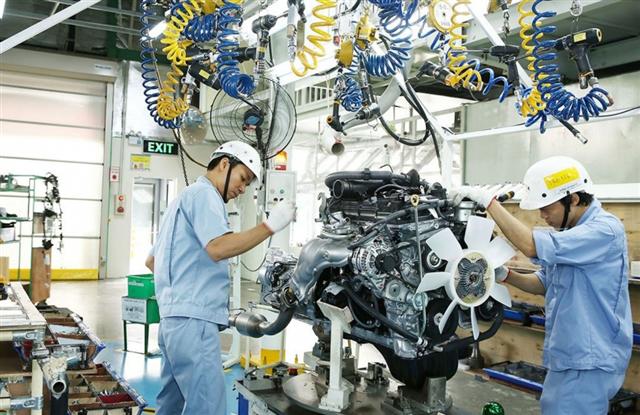
Processing and manufacturing industries have become the engine of economic growth
|
Restructuring industrial exports
Restructuring also continues in the export of industrial goods, reducing raw exports while increasing the export of processed and industrial products. The proportion of raw fuel and mineral exports decreased from three percent in 2015 to only 1.7 percent in 2019 and an estimated 1.2 percent in 2020.
Meanwhile, the proportion of exports from processing and manufacturing industries increased from 78.9 percent in 2015 to 84.2 percent in 2019 and is expected to reach 85 percent in 2020. High-tech product exports rose from 41.4 percent in 2015 to 49.5 percent in 2019.
The import of raw materials, fuel, machinery, equipment and technologies for investment projects to boost exports has been encouraged in tandem with gradual reduction in restricted product imports (down from 7.16 percent in 2016 to an estimated 6.8 percent in 2020).
The structure of the export market has been diversified, targeting countries with which Vietnam has signed Free Trade Agreements (FTAs) while sustaining traditional markets and exploring and expanding new markets.
Exports of domestic enterprises recorded a high growth rate, surpassing that of the Foreign Direct Investment (FDI) sector. The average export growth rate of domestically owned enterprises in the 2016-2020 period is estimated to reach 10.5 percent compared to 8.9 percent in the FDI sector.
In addition, trade infrastructure has shifted from traditional to modern systems (supermarkets and shopping centers instead of wholesale markets). E-commerce has become a popular trend, with the support of e-payment methods, averaging 27 percent annual growth and Business to Customer sales accounting for about five percent of retail sales of consumer goods and services nationwide.
| Vietnam’s exports now reach most markets across the world. Many products have gradually gained a foothold and achieved competitiveness in demanding markets such as the EU, Japan and the US. |


